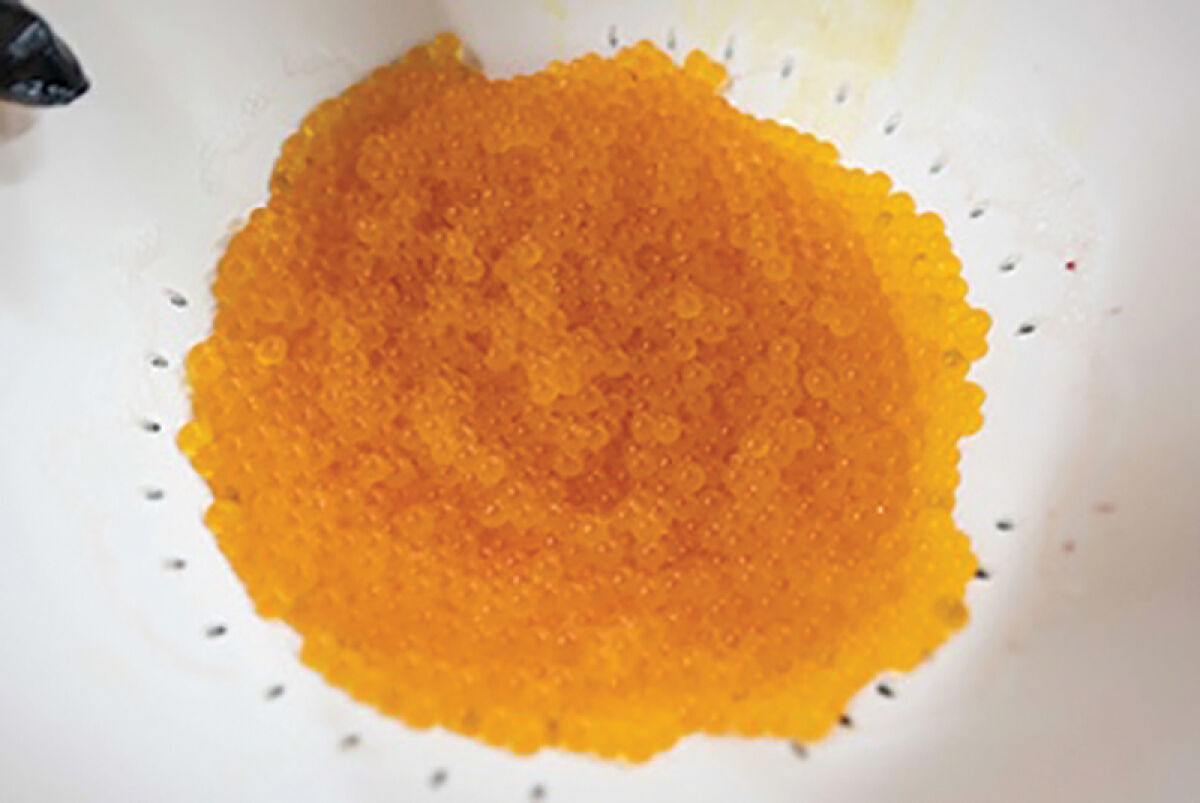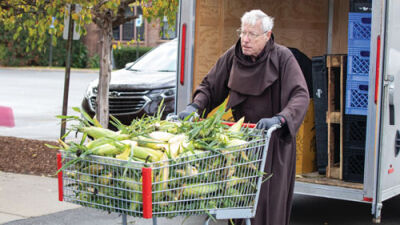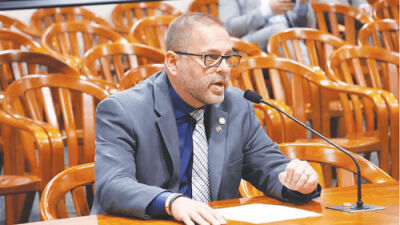METRO DETROIT — State waters will once again be stocked with salmon and trout following efforts by the Michigan Department of Natural Resources.
“We’re pretty much wrapped up for the season,” said Aaron Switzer, DNR Fish Production Program manager.
The efforts are done in order to “provide fishing opportunities and maintain healthy ecosystems,” according to a DNR press release. Switzer said maintaining the system to support sport fishing is an economic boon for the state.
He said collections began to offset habitat destruction throughout the years. Some of the initial need for the collections was to offset impacts of the logging industry and overfishing. Regulations that reined in these effects came about in the late 19th century and early 20th century.
“Fish or eggs were needed to be added to those to help sustain the fishery,” he said.
He also said the canal system in the Great Lakes opened the environment to invasive species that impacted the environment.
“A lot of it is managing what’s in the water as well,” Switzer said.
The DNR annually collects eggs throughout the fall and winter to stock the fish. Collecting efforts for wild Chinook and coho salmon are complete.
Eggs and milt, which is the semen of male fish, are gathered during their annual salmon run. Salmon make their way up a fish ladder and into holding ponds at the weir. They’re brought into the facility, where eggs and milt are collected. The eggs are then fertilized.
The wild Chinook salmon eggs were collected from the Little Manistee River Weir in Manistee. Switzer estimated the collection at 4 million, which is slightly lower than the previous year.
“We experienced a solid run of wild Chinook salmon this year,” Switzer said. “The run at the Little Manistee was healthy enough to provide all of Michigan’s egg needs. We were also able to provide eggs to Indiana and Illinois state-owned fish hatcheries. Once hatched, reared and stocked, all of these Chinook salmon contribute to the Lake Michigan salmon fishery.”
The wild coho salmon eggs came from Platte River State Fish Hatchery Weir in Beulah, Michigan.
“We collected nearly 6.5 million coho salmon eggs at the Platte River weir by the time the egg collection wrapped up. This includes approximately 3 million for Indiana, Illinois and Wisconsin. All four states work together cooperatively each year to ensure Lake Michigan continues to receive Pacific salmon to supplement the fishery,” said Switzer.
Captive broodstocks of brown, brook and lake trout have also been collected. Eggs from captive broodstocks of rainbow trout are being collected now, but Switzer said that collection should finish “shortly.”
“Captive broodstocks, fish kept at a hatchery to produce eggs and milt, will provide many of the eggs that will later become stocked fish: 378,000 brook trout eggs, 448,000 lake trout eggs, 2.6 million brown trout eggs and 1.5 million rainbow trout eggs,” a DNR press release states. “An additional 422,000 splake eggs (brook trout and lake trout hybrid) will also be collected from captive broodstock to support Michigan’s fisheries management objectives.”
Oden State Fish Hatchery, located in Alanson, Michigan, is where the captive eggs are collected. Collections of rainbow trout started last month and will continue through January. These captive egg collections will happen every one-two weeks throughout the season.
Overall, Switzer said it was “another good year” for the collections.
“We had more than enough fish to get our egg quotas,” he said. “In my eyes, that’s a good year. We didn’t have any issues at our brood facilities. We were able to collect all the eggs we needed.”
A Jan. 8 press release gave an update to the DNR’s stocking effort, stating seven different species were dispersed in 78 locations throughout the state. Species include Atlantic salmon, brook trout, brown trout, lake trout, rainbow trout (Eagle Lake and steelhead strains), walleye and muskellunge.
The number of stocked fish last fall totaled 590,504, according to the release. Switzer said the fall numbers, combined with spring and summer efforts, added up to 9.7 million fish in state waters for 2024.
To find out where fish have been stocked, visit michigandnr.com/fishstock.
 Publication select ▼
Publication select ▼






















